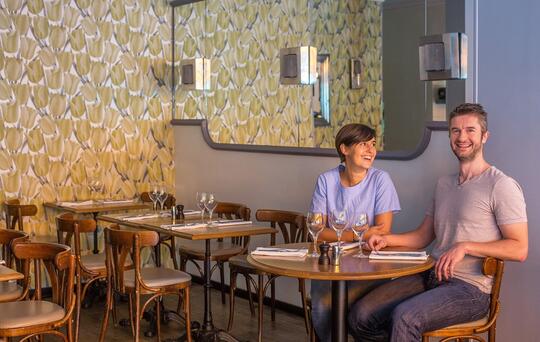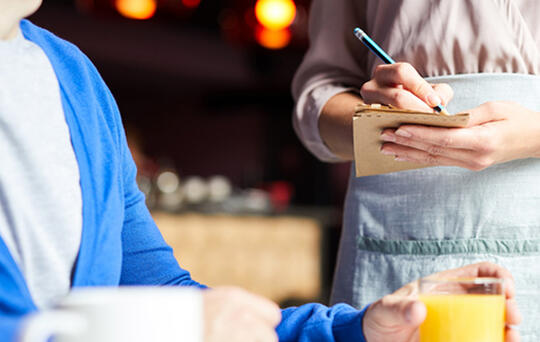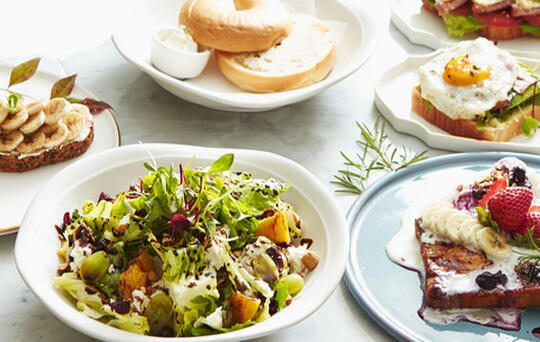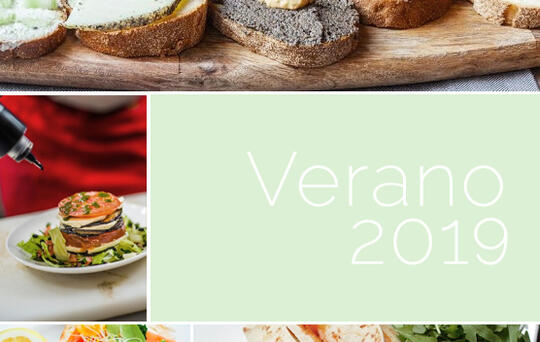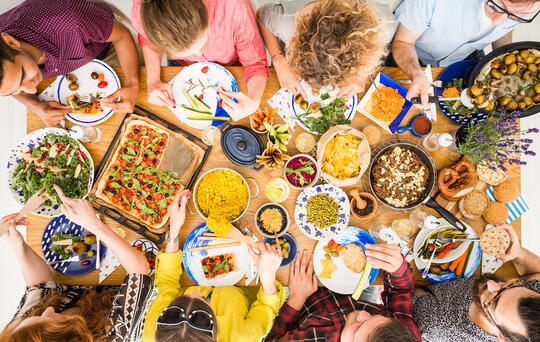3D food printer: the restaurant trend
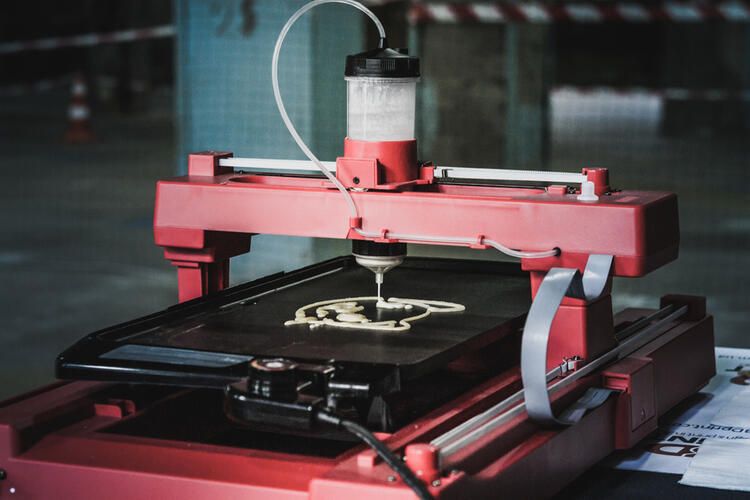
The 3D food printer is disrupting the restaurant sector.
3D printing first appeared in the 2000's and has been developing in our sector for a few years now. First used by NASA to provide astronauts with better food, this tool is now making the work of restaurants easier.
To find out more about this new technology, read the rest of this article:
All about the 3D food printer
How does it work?
A 3D food printer produces dishes from a digital model with the coordinates x,y, and z. Having selected or drawn the dish to be produced on a touch screen, all you have to do is fill the machine with the contents and it will then deposit the different materials layer after layer, until a three-dimensional food sculpture is formed. Some machines also feature an ultra-violet laser that solidifies the foods.
What are the limits of the 3D food printer?
This printer is still being tested. It doesn't actually mix or cook the foods, which is why they have to be prepared as pastes, purees, or liquids before being poured into the machine's tanks. However, many ingredients can be cooked in this way! Which is why the 3D food printer is mostly used to create dishes that are eaten cold, such as starters and desserts. It can also be used to decorate dishes. It's a really great way to create sculptures in chocolate or sugar, for example.
In addition, its high price puts it out of the reach of many restaurants.
What advantes could their be for your restaurant?
Despite its limited use, the 3D food printer has real advantages for restaurants in terms of:
Creativity
The 3D food printer opens up new culinary possibilities to you. By reproducing each shape and motif of the dish in question, it offers you the ability to make your dishes more original and highlight the artistic and culinary creativity of your restaurant. This means you can offer all kinds of dishes, each more creative than the other and that your customers won't see anywhere else!
Efficiency
The 3D printer makes you more efficient: original dishes can be prepared in record times! It offers a real saving in time and energy for you and your teams.
These new machines are designed to help cooks in terms of creativity and efficiency, not to replace them.
Customization
Another advantage of this technology is that it enables you to adapt to each customer and customize dishes with ease. In this way, you can customize your dishes by offering fun shapes for children, and also to cater for individual diets and nutritional needs.
Reduction in food waste
3D printers also have a positive impact on the environment by reducing food waste. How do 3D printers combat waste?
- Because dishes are prepared from materials in paste or pureed form, you can make yukky looking foods look appetising. It's well known that a good-looking dish attracts more customers and encourages them to leave a clean plate.
- As we have already mentioned, printers allow you to customize each person's dish and offer customers portions and dishes that suit their needs to avoid waste.
- And above all, a 3D food printer only uses the strict minimum set for each dish.
Marketing
The 3D food printer could become a genuine marketing tool for your restaurant and attract many customers. Today's consumers particularly like new experiences and customization. The fact that they can have their food printed before their eyes can enrich the customer experience in your restaurant and grow your reputation.
Although these printers still require some improvement, they offer a significant change in the way we cook and eat. The next goal will be to design a machine that can cut, mix and heat foods.
So, is this just a gadget or is it the tool of the future?



